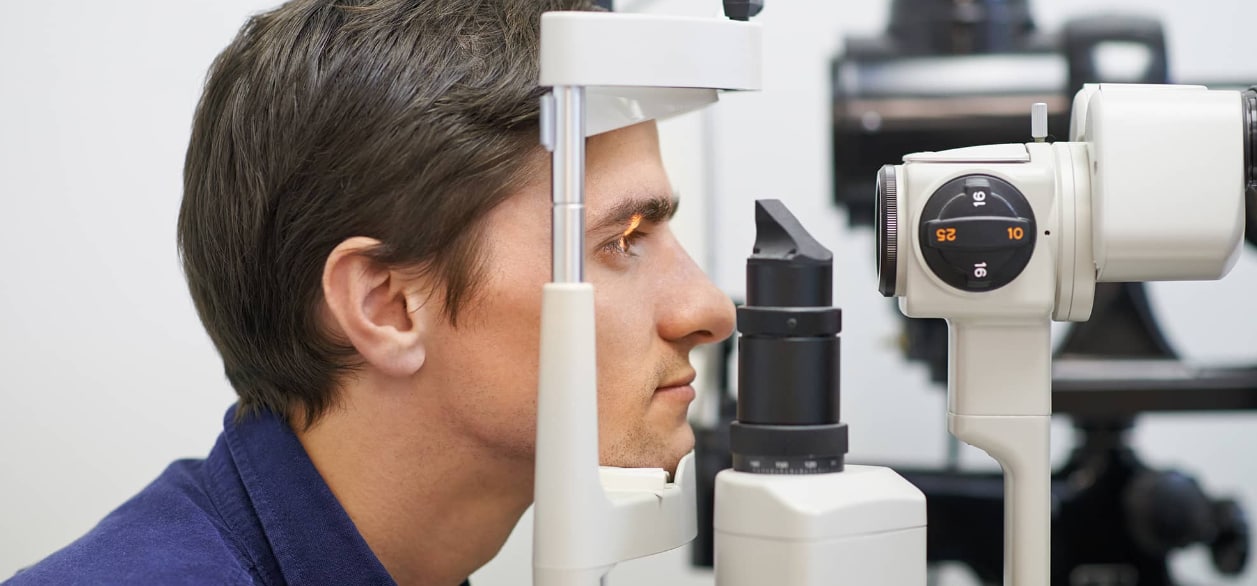Maintaining good vision is essential for leading a healthy, productive life. However, millions of people worldwide suffer from vision problems, and South Africa is no exception. While vision problems can have a significant impact on a person’s quality of life, access to optical care is often limited, particularly in low-income communities. In this blog post, we will explore the importance of optical care in South Africa and the challenges that prevent many from accessing it.
The Prevalence of Vision Problems in South Africa
According to the South African Optometric Association, approximately 80% of visual impairments can be prevented or cured. However, many people in South Africa do not have access to adequate eye care services, which can lead to untreated vision problems. These problems can be caused by a variety of factors, including genetics, poor nutrition, and exposure to harmful environmental conditions.
Barriers to Accessing Optical Care in South Africa
One of the most significant challenges facing people in South Africa is the affordability of optical care services. Many low-income individuals simply cannot afford the cost of eye exams, glasses, or contact lenses. Additionally, many live in rural areas with limited access to healthcare facilities. Furthermore, a lack of awareness and education about the importance of regular eye exams can also prevent people from seeking care.
The Importance of Early Detection and Treatment
Early detection and treatment of vision problems can prevent them from worsening and causing further complications. Regular checkups of your eyes with an eye doctor can help identify vision problems in their early stages, allowing for timely intervention and treatment. It is essential to recognize the benefits of early detection and encourage people to seek regular eye exams.
Optical care services and resources available in South Africa
South Africa has a combination of public and private healthcare services available, providing access to both optometrists and ophthalmologists. There is still a significant gap in access to optical care, particularly in low-income communities. However, there are many affordable eye care in South Africa that provide care to those who cannot afford it.
Conclusion
Access to optical care in South Africa is vital for maintaining good vision and overall health. Unfortunately, many people in South Africa face significant barriers to accessing this care, which can lead to untreated vision problems and a diminished quality of life. It is crucial to raise awareness about the importance of regular eye exams, advocate for increased access to care, and support initiatives that provide services to those in need.


